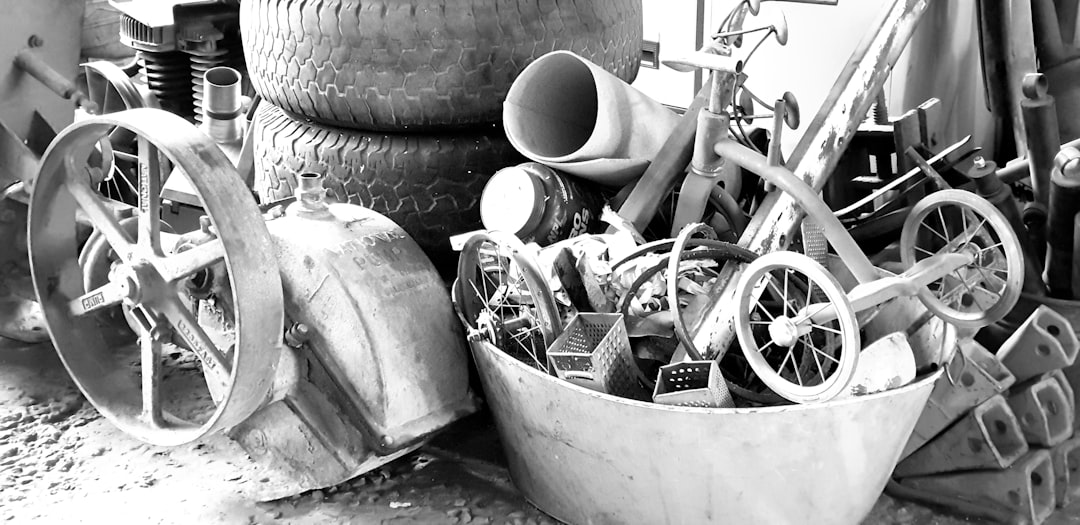
When it involves level roofing systems, tar and crushed rock roofings stay a preferred option for both domestic and commercial buildings. This durable roofing choice has been around for years, applauded for its long life and sturdiness. As a professional in the area, I want to share essential understandings into why tar and gravel roof is an excellent investment, the installment process, upkeep requirements, and its overall benefits.
Among the main reasons house owners and business owners choose tar and crushed rock roof coverings is their remarkable life-span. A well-installed tar and gravel roofing system can last two decades or longer, giving exceptional protection against the elements. The construction of these roofs normally consists of multiple layers of waterproofing, which are sealed with hot asphalt or tar, followed by a layer of gravel for added security. This special structure makes it especially durable versus extreme weather conditions, UV rays, and even foot web traffic, making it perfect for rooftop equipment and use.
The installation of a tar and crushed rock roof includes several essential steps that require specialist expertise for optimal outcomes. First, the surface area must be thoroughly cleansed and prepared to make sure proper bond. Next, layers of roof felt are applied, complied with by hot tar, and then one more layer of felt. This procedure is continued until the preferred density is accomplished, and ultimately, gravel is spread on top to shield the hidden materials. A successful installment relies upon precise strategies, as improper application can result in leakages and various other concerns later on.
Normal maintenance is essential to extending the life expectancy of a tar and crushed rock roofing. While these roofings are created to be sturdy, regular inspections can assist recognize potential problems before they escalate. It’s advised to examine the roof covering semi-annually and after severe climate events. Try to find loose gravel, cracks in the tar layers, or punctures brought on by foot website traffic or debris. Maintaining the roof clean and clear of debris will additionally stop potential water pooling, which can cause leakages and damages.
In conclusion, tar and gravel roofs use a trusted, long-lasting roof covering option for those looking for longevity and reduced upkeep. Their installation needs skill and precision, however the benefits of a sound system far exceed the preliminary investment. With correct maintenance and treatment, your tar and gravel roofing can protect your residential or commercial property properly for years, making it a sensible option for flat-roof structures. When taking into consideration roof options, seek advice from a professional to explore whether a tar and crushed rock system fits your requirements and spending plan.